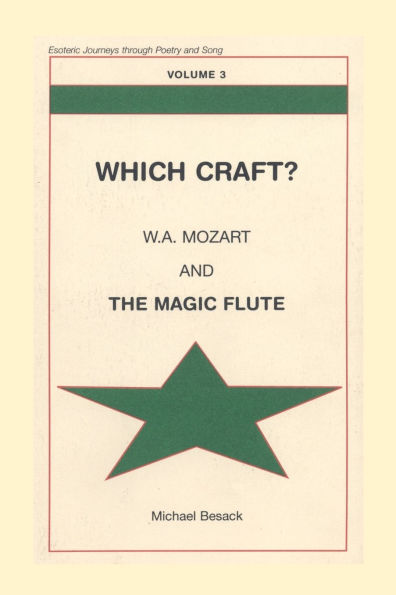The Magic Flute has elicited a wide range of interpretations. From simple fairy tale to Masonic allegory, every meaning seems to have been explored. Yet the mystery remains. Mozart himself was less than helpful, leaving only inconsequential accounts of the work’s conception. His untimely death, on December 5th 1791, a couple of months after the premiere has fueled additional controversies.
The composer’s personal letters, in which The Magic Flute is mentioned, contain mostly trivial reports of first impressions. They describe the reaction of the Viennese public and deal with comments made by contemporary musicians. Antonio Salieri, the Viennese Court’s Kappelmeister, was highly supportive. Count Carl von Zinzendorf, a shrewd observer of the local operatic scene, was less than enthusiastic. “The music and the decorations are pretty,” he wrote, “the rest an unbelievable farce.” He did, however, mention that the crowds were huge.
The Magic Flute has always been popular, but does that make it a popular opera? The dramatic vehicle assembled by Mozart is hardly a farce. The Queen of the Night is a witch and Sarastro a Mason – this much is clear, even to the uninitiated. In The Magic Flute they are at odds over Pamina’s abduction by Sarastro: a theme thoroughly explored in Greek legends of Persephone. Held captive in the realm of the dead - to which the masonic Temple figuratively corresponds - Persephone stands for the magic powers of generation and renewal that Hades holds hostage in his subterranean kingdom.
In the revolutionary climate of 18th century Europe, these powers were again needed for a reseeding of the hidden order. But the hermetic Temple, where the King and Queen reign, is not that easily reconstructed. Genius is not always enough where magic is the intended practice.
The Magic Flute has elicited a wide range of interpretations. From simple fairy tale to Masonic allegory, every meaning seems to have been explored. Yet the mystery remains. Mozart himself was less than helpful, leaving only inconsequential accounts of the work’s conception. His untimely death, on December 5th 1791, a couple of months after the premiere has fueled additional controversies.
The composer’s personal letters, in which The Magic Flute is mentioned, contain mostly trivial reports of first impressions. They describe the reaction of the Viennese public and deal with comments made by contemporary musicians. Antonio Salieri, the Viennese Court’s Kappelmeister, was highly supportive. Count Carl von Zinzendorf, a shrewd observer of the local operatic scene, was less than enthusiastic. “The music and the decorations are pretty,” he wrote, “the rest an unbelievable farce.” He did, however, mention that the crowds were huge.
The Magic Flute has always been popular, but does that make it a popular opera? The dramatic vehicle assembled by Mozart is hardly a farce. The Queen of the Night is a witch and Sarastro a Mason – this much is clear, even to the uninitiated. In The Magic Flute they are at odds over Pamina’s abduction by Sarastro: a theme thoroughly explored in Greek legends of Persephone. Held captive in the realm of the dead - to which the masonic Temple figuratively corresponds - Persephone stands for the magic powers of generation and renewal that Hades holds hostage in his subterranean kingdom.
In the revolutionary climate of 18th century Europe, these powers were again needed for a reseeding of the hidden order. But the hermetic Temple, where the King and Queen reign, is not that easily reconstructed. Genius is not always enough where magic is the intended practice.

Which Craft?: W. A. Mozart and the Magic Flute
307
Which Craft?: W. A. Mozart and the Magic Flute
307Paperback

Product Details
| ISBN-13: | 9781587900136 |
|---|---|
| Publisher: | Regent Press |
| Publication date: | 02/28/2002 |
| Series: | Esoteric Journeys through Poetry and Son , #3 |
| Pages: | 307 |
| Product dimensions: | 6.00(w) x 9.00(h) x 0.71(d) |
